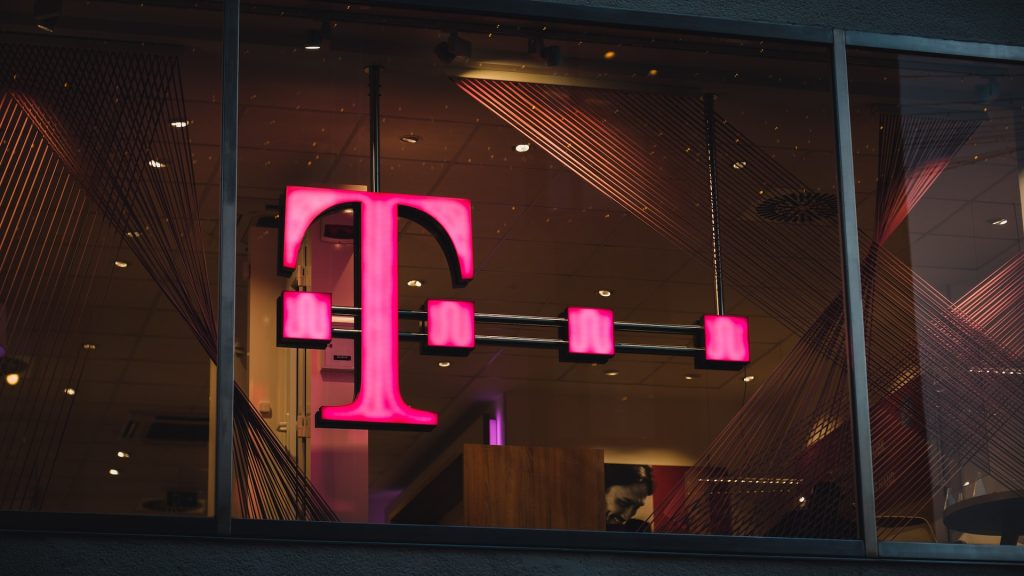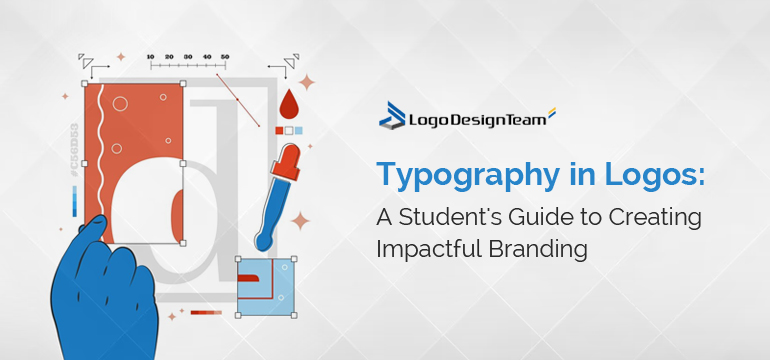Typography in branding is more than just the style of letters; it’s a powerful tool that communicates a brand’s tone, values, and personality. The typeface chosen for a logo can evoke emotions, create associations, and establish brand recognition. For instance, a sleek, modern font may convey innovation, while a hand-drawn style might suggest creativity and approachability.
Understanding the impact of typography is crucial for students, especially when tasked with projects like developing a brand identity for a capstone project. In such cases, students might seek assistance from a capstone project writing service by Paperwriter to ensure their written content aligns with the visual elements of their branding project. This integration of typography with other branding elements is essential in creating a coherent and effective brand identity.

What Font to Choose?
There are several basic types of fonts, each carrying its own set of implications and connotations.
- Serif fonts are characterized by small lines or strokes attached to the ends of their letters, often convey tradition, reliability, and respectability. They are typically used by brands that want to project an image of sophistication and credibility.
- Sans-serif fonts lack the small projecting features at the end of strokes. They are seen as modern, clean, and approachable, making them a popular choice for tech companies and startups.
- Resembling handwritten calligraphy, script fonts can range from elegant to casual. They are often used by brands seeking to convey a sense of individuality and flair.
- Display fonts are more decorative and are used to make a bold statement. They are ideal for logos that aim to stand out and be unique.
Each font type resonates differently with audiences, so the choice should be aligned with the brand’s identity and the message it wants to convey.

Creating a Font for Your Logo
You can also develop a font specifically for a brand. Designing a custom font for your logo is a journey into the heart of your brand’s identity. It offers a unique opportunity to craft a typeface that speaks directly to the essence of your brand, setting you apart in a crowded marketplace. This process is not just about artistic expression; it’s a strategic branding decision.
Sketching Ideas
Sketching by hand allows for more freedom and creativity in the early stages. Focus on capturing the essence of your brand in various letterforms. Experiment with different styles, considering how each character might look.
Considering Legibility and Scalability
Keep legibility and scalability at the forefront. A beautiful font that isn’t readable or doesn’t scale well loses its effectiveness. Test your designs in various sizes and contexts to ensure they maintain their integrity and readability.
Digital Refinement
Once you have a solid sketch, it’s time to move to digital design software like Adobe Illustrator or a specialized font-creation program. Pay attention to the kerning (space between characters), weight, and balance of each character.
Consistency and Character
Ensure consistency across all characters while retaining the unique character of the font. Each letter should feel like it belongs to the same family, maintaining a uniform style and mood.
Feedback and Iteration
Seek feedback from peers, potential customers, or professional designers. Be open to constructive criticism and ready to iterate on your design. Sometimes, a fresh perspective can highlight issues or potential improvements you might have missed.
Creating a custom font for your logo is a rewarding challenge. It not only provides your brand with a unique voice but also deepens your connection with your audience through a distinct visual identity. While it requires time, skill, and patience, the result can be a one-of-a-kind logo that truly represents the heart and soul of your brand.
Balancing Font Style with Brand Identity
Choosing the right font for a logo requires a careful balance between the font style and the brand’s identity. The font should be a visual representation of what the brand stands for. For instance, a luxury brand might opt for a sophisticated serif font. At the same time, a creative agency might choose a more whimsical script.
The key is consistency. The typography should align with the brand’s overall tone, values, and personality. It should complement and reinforce the other visual elements of the branding, such as color schemes and imagery, to create a cohesive and recognizable identity.
Effective Typographic Logos
Analyzing successful typographic logos provides invaluable lessons for students in logo design. Let’s consider a few examples:
1. FedEx: At first glance, the FedEx logo appears straightforward. However, its clever use of negative space between the ‘E’ and ‘x’ forms a perfect arrow, symbolizing speed, precision, and forward direction. The sans serif typeface is simple yet effective, conveying modernity and efficiency.
2. Coca-Cola: The Coca-Cola logo is iconic for its flowing script typeface that exudes familiarity and comfort. The logo’s typography has remained largely unchanged over the years, demonstrating the power of consistency in branding.
3. Google: Known for its playful and colorful logo, Google uses a simple, clean sans serif. The logo’s success lies in its approachability and readability, which aligns with the brand’s friendly and accessible image.
These examples highlight how typography can be used to create impact and convey a brand’s essence. For students, the key takeaway is to understand how different typographic choices can influence perception and communicate a brand’s core message.
Typography, Legibility, and Scalability
When incorporating typography into logos, legibility is paramount. The primary goal of a logo is to be instantly recognizable and readable at a glance. This means choosing a typeface that is clear and easy to read, regardless of size. Legibility becomes even more crucial when considering various logo applications, from large billboards to small business cards.
Scalability is another essential factor. A logo should maintain its integrity and legibility when scaled down for smaller formats. This is where the simplicity of the typeface can play a significant role. Overly complicated or ornate fonts might lose their impact when reduced in size, rendering the logo ineffective.
Combining Typography with Other Design Elements
Integrating typography with other design elements in a logo, such as color, imagery, and shape, requires a delicate balance. Each element must complement the others to create a cohesive and harmonious brand image. For instance, a bold font might pair well with a simple icon, ensuring the logo isn’t too overwhelming. In contrast, a more ornate font might be balanced with minimalistic design elements.
The color scheme chosen for the typography and other elements can also significantly impact the logo’s overall feel and effectiveness. Different colors evoke different emotions and associations, so selecting colors that align with the brand’s identity and message is crucial.
Ethical and Cultural Considerations in Typographic Choices
Ethical and cultural considerations are vital when selecting typography for a logo. Designers should be aware of the cultural connotations of certain fonts and styles in different regions and communities. For example, a typeface that works well for a Western audience may not resonate the same way with an Eastern audience.
It’s also important to consider inclusivity in design. Typography should be accessible to everyone, including people with disabilities. Fonts should be easily readable and not contribute to confusion or misinterpretation.
Takeaway
Typography in logo design is an art that requires understanding, creativity, and sensitivity. It’s not just about making a brand look good; it’s about conveying a message, establishing an identity, and connecting with an audience. For students embarking on this journey, exploring the world of typography is as much about learning the rules as it is about understanding when and how to break them creatively.
Finding the best essay writing service can be a crucial step in a student’s academic journey, just like selecting the right typography is a critical step in the branding process. It’s a skill that takes time to develop. Still, with practice and exploration, students can create logos that are visually appealing but also impactful and memorable. As with any craft, the more you practice, the better you become, and the world of typography in logo design is no exception.




